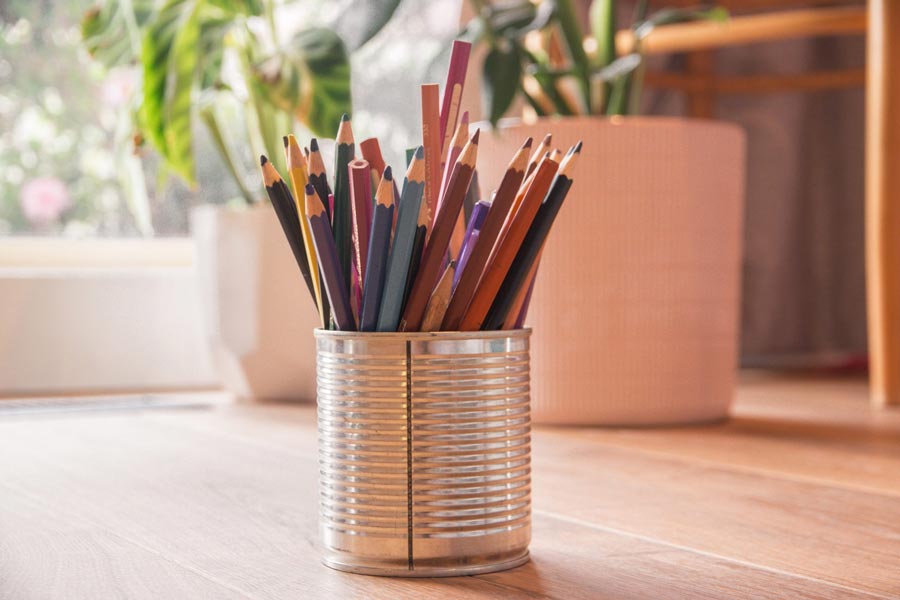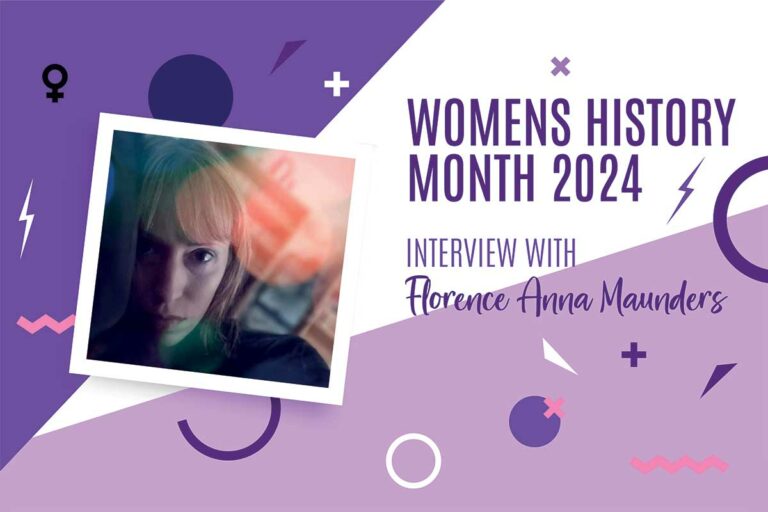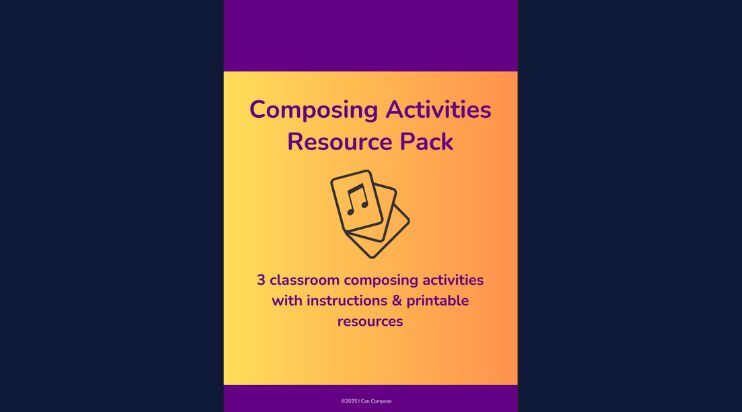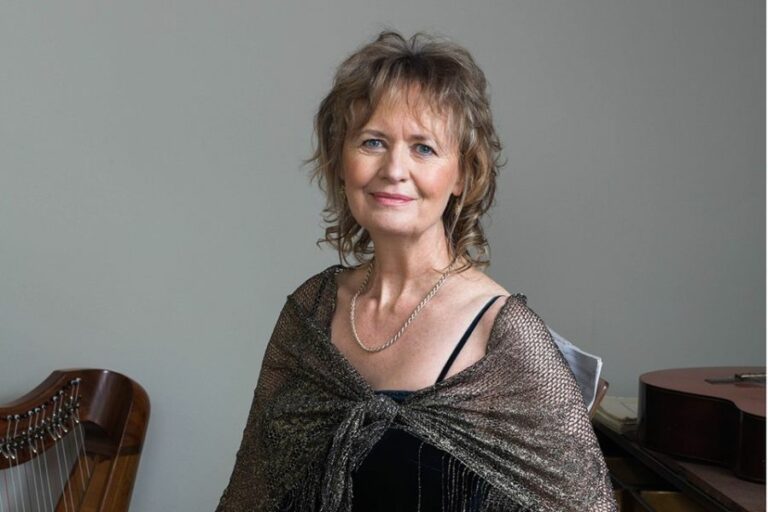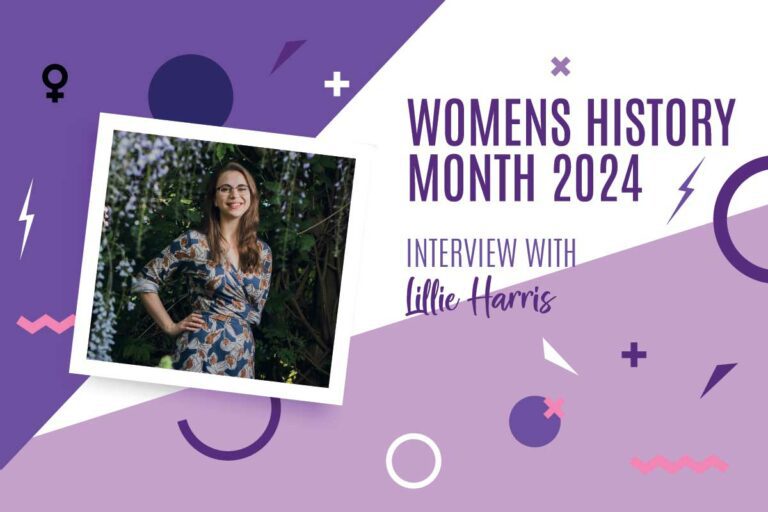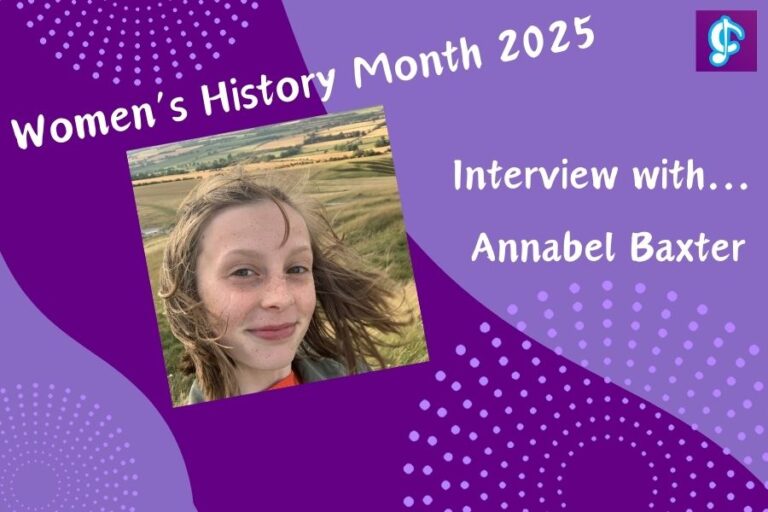Currently many music teachers are finding themselves in non-specialist classrooms and unable to deliver practical lessons (in the same way as previously) in order to accommodate social-distancing measures in school. Whilst the guidelines and expectations vary from school to school, it’s clear that music lessons are going to look (and sound) a little different from September.
Some teachers may find themselves delivering lecture-style lessons with students seated for the entire duration. Others may have more freedom due to smaller class sizes or with having access to their usual music room. This may be an opportunity to cover more ground in terms of theory and listening to music.
Here are five suggestions for engaging music listening activities in the secondary classroom…
Introduction
The ideas presented in this post are designed with two purposes in mind:
- To get students focussing on and identifying particular musical features and use key words to describe them.
- To encourage students to become active and intentional listeners.
1. Musical Washing Line
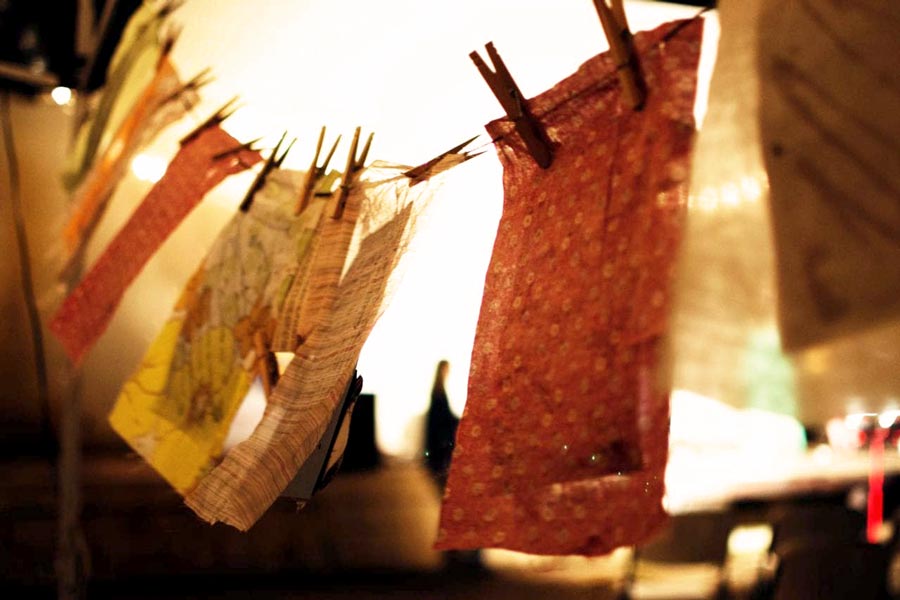
You will need:
- A length of string
- Pegs
- Cards with key words on (such as instrument families & techniques, words relating to structure)
- Musical examples to play
This idea works well with smaller classes.
- Fix the string from corner to corner in the classroom.
- Give out sets of key word cards (students may not have the same words in their set) and some pegs.
- Play a musical example which demonstrates the key words.
- Pupils peg up key words that apply to the music playing.
- Discuss whether the ‘washing’ is correct.
- Leave words up and play another example. Pupils decide whether or not to take down the ‘washing’, and add appropriate new key words.
Adaptation for social distancing:
Pupils stay seated and lay out the relevant cards on their desks or hold them up at the appropriate time.
Extension
Pupils think of another word to describe the music which is not included on the cards.
2. Musical Bingo
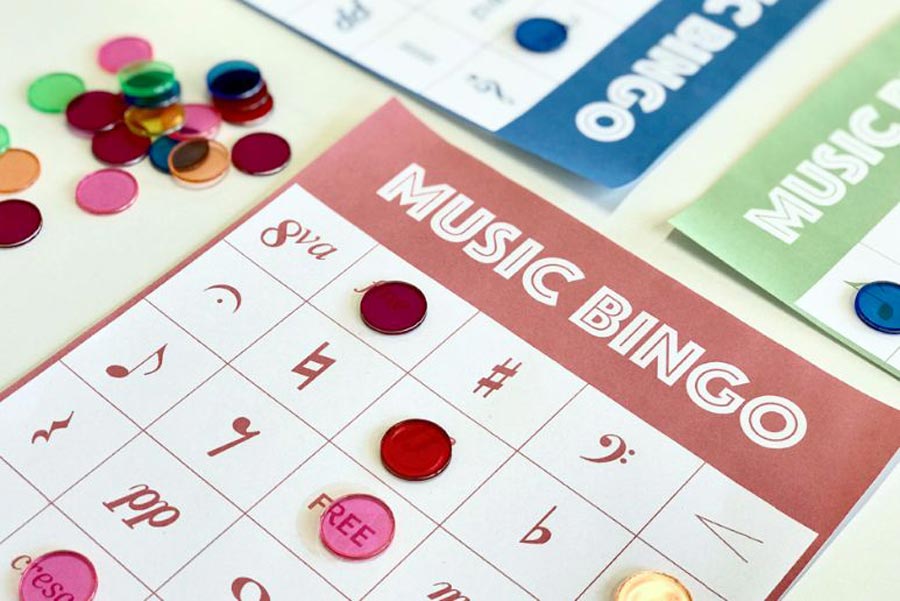
You will need:
- Bingo cards
- Musical examples to play
- Counters (optional)
You can make your own bingo cards using this website and if the music category doesn’t have the vocabulary you’re after, add in your own key terms and create a bespoke bingo card set.
Activity
Give out 1 bingo card per pupil, play the extract of music and pupils cross off or place a counter on, an image or key word once they hear it. The first pupil to cross off all the items shouts Bingo!
Adaptation for different classroom requirements:
1. Pupils listen on individual devices and complete the Bingo! task.
3. Programme music
This task works particularly well as part of a programme music scheme of work. There are two parts to the activity.
You will need:
- Powerpoint (or equivalent) with images from Pictures at an Exhibition (see below) and prompts.
- Abstract art examples to display on board and as laminated pupil hand-outs
- Pictures an Exhibition by Mussorgsky to play in class.
Activity:
Part 1: Pictures at an Exhibition by Modest Mussorgsky
- Give pupils some background information about Pictures at an Exhibition or ask pupils to research it themselves and present their findings.
- Display some of the images from the ‘exhibition’ and ask pupils to describe them.
- Play excerpts of the music and ask pupils to discuss how the music reflects the images. It may be helpful to provide key word prompts.
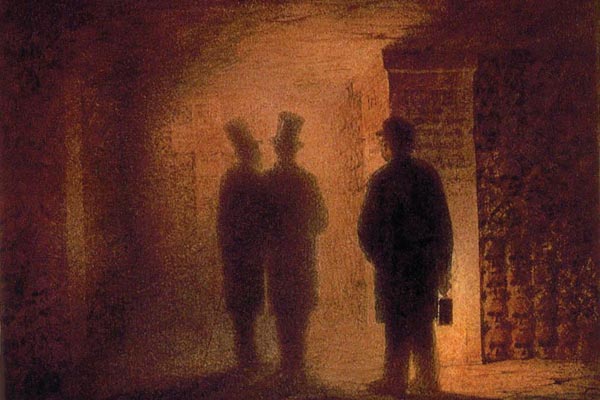
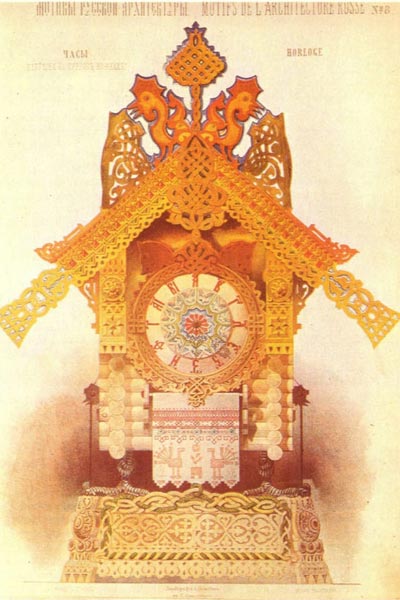
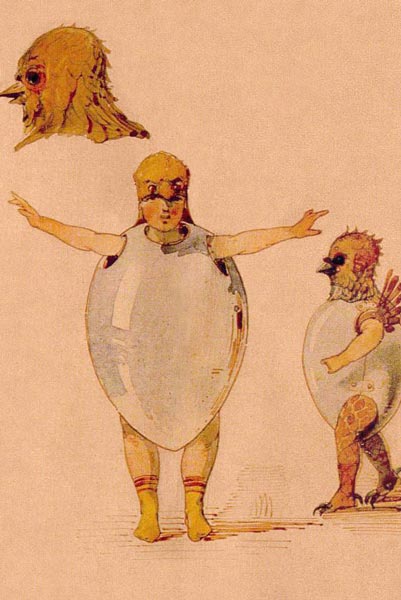
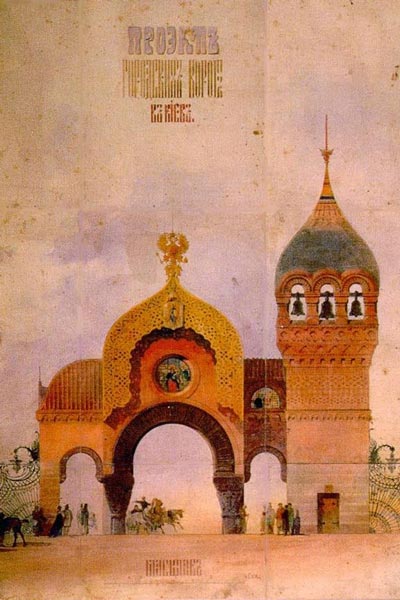
4. As well as exploring the various images, discuss the promenade theme which portrays the visitor progressing through the exhibition:

Part 2: Abstract art
- Display examples of abstract art on the screen and ask pupils to describe the images.
- Hand out a selection of image cards and ask pupils to a) describe the image and b) consider how the image might be portrayed in music. Encourage pupils to think about instrumentation, rhythm, texture, dynamics and sonority (timbre).
This task can lead on to a composing task whereby pupils create their own music to depict one of the images.
As a longer scheme this lends itself to a cross-curricular project with the Art department.



4. Fill the board!
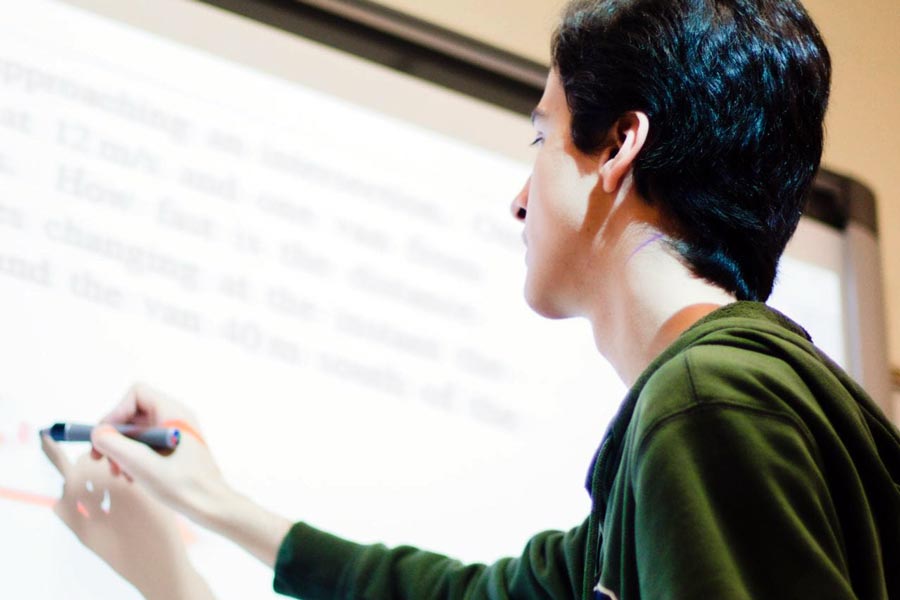
You will need:
- Classroom whiteboard and whiteboard pens OR class set of mini-whiteboards, pens & rubbers.
- Sound system to play music in class
Activity
This activity works well when comparing two pieces of music.
1. Draw a line down the middle of the whiteboard; each musical extract has one half of the board.
2. Play the first extract. Whilst it is playing pupils come up to the front (only two at a time) to write down one word/phrase in the relevant column, to describe the music.
3. As soon as they have written a word or phrase, another pupil can come up.
4. You may wish to ask all pupils to be jotting down ideas to ensure everyone is engaged.
5. At the end, ask everyone to look at both sides of the board and identify any similarities. Pupils could come out to circle any words or phrases which are the same.
Adaptation for social distancing:
1. Give out a mini whiteboard, pen and rubber to each student. Complete the task with all student remaining seated and writing words/phrases onto individual whiteboards. At the end of the task, students hold up their boards and share their ideas.
5. Key word filter
This activity can easily be adapted to cover particular vocabulary at any key stage. It can be helpful for improving pupils’ literacy skills as well as widening their listening experiences.
You will need:
- Whiteboard / screen & projector
- Musical examples to play
- Pupil workbooks/devices
Activity
At the front of the classroom, display several columns showing key words under appropriate headings. For example:
| Dynamics | Tempo | Instrumental Family |
| Forte | Andante | Strings |
| Piano | Allegro | Woodwind |
| Crescendo | Ritenuto | Percussion |
| Diminuendo | Accelerando | Brass |
- Pupils listen to the music and choose one word (to start with) from each column to describe the music.
- Pupils use the word in a full sentence to give a little more information about where or how the particular key word is used. For example: “At the beginning the music is forte and the tempo is allegro.”
- On listening again, pupils choose another word to enhance what they have already written. For example: “The brass section play long notes at the start. There is a diminuendo and then the strings come in.”
Extension:
- Add in further columns and key words
- Use colours to identify new or more advanced key words. Pupils can gain credit for correctly using these terms. For example:
| Dynamics | Tempo | Instrumental Family | Rhythm & metre |
| Forte | Andante | Strings | Strong pulse |
| Piano | Allegro | Woodwind | Syncopation |
| Crescendo | Ritenuto | Percussion | 4/4 |
| Diminuendo | Accelerando | Brass | 3/4 |
Purple = new key word
Green = ‘advanced’ key word
